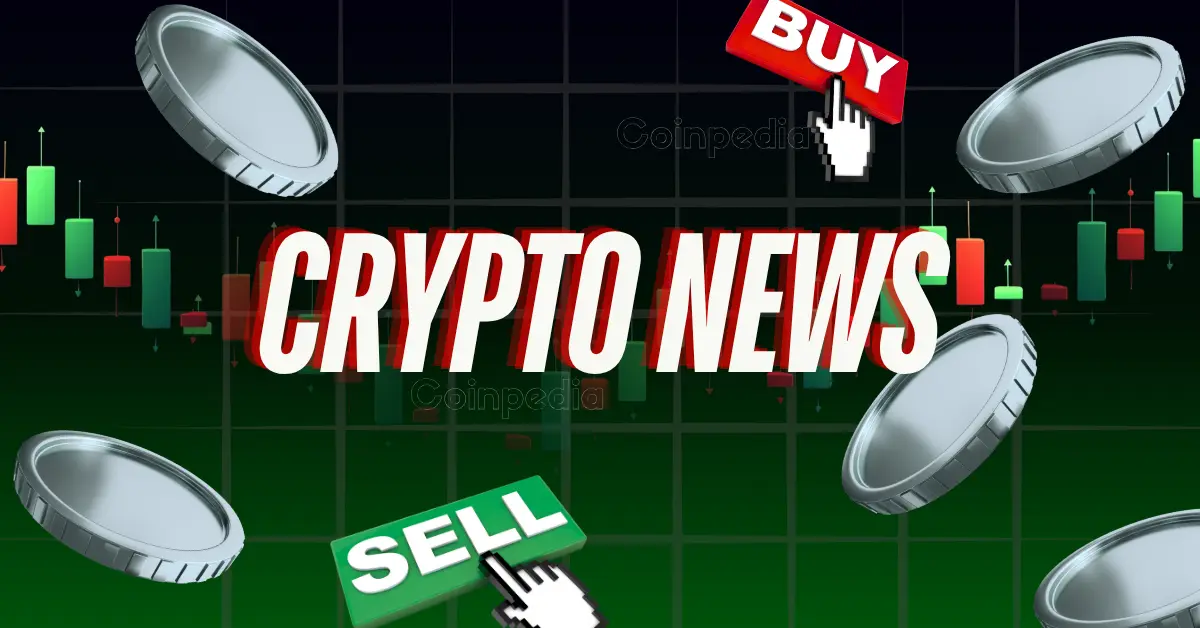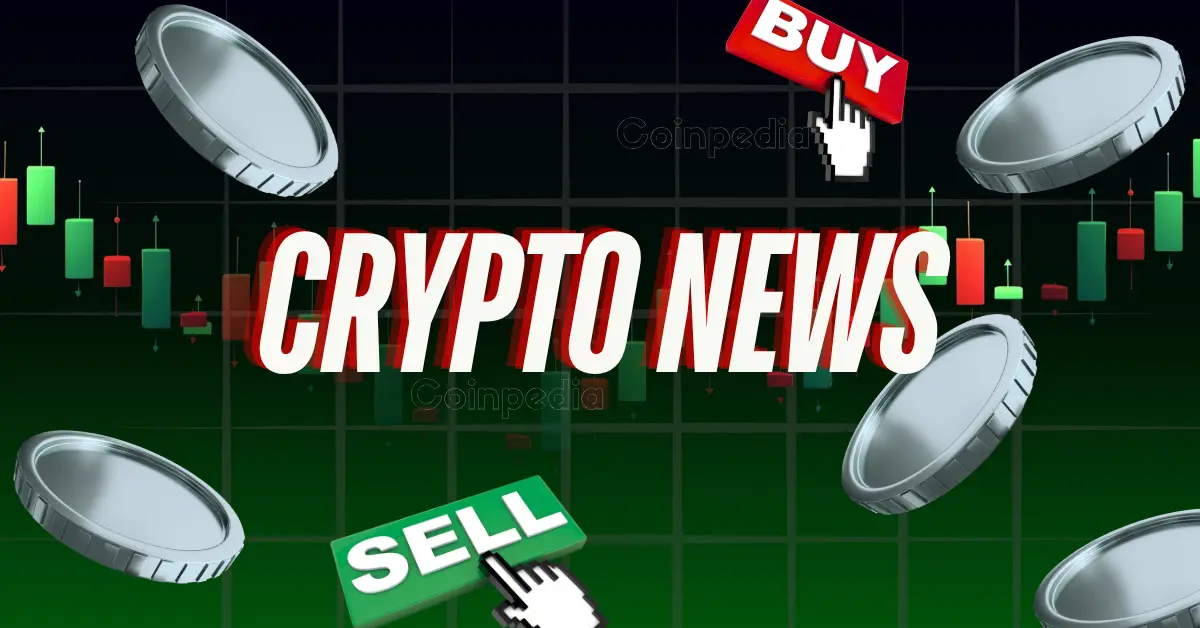The legal battle between Ripple Labs and the U.S. Securities and Exchange Commission (SEC) has been a pivotal moment in the cryptocurrency industry, shaping the regulatory landscape and influencing the market value of XRP. The case, which began in late 2020, has drawn significant attention due to its potential to set precedents for how digital assets are classified and regulated in the United States. As the dispute nears resolution, the implications for Ripple, XRP, and the broader crypto market are profound.
Background of the Lawsuit
The SEC’s lawsuit against Ripple Labs centered on the allegation that the sale of XRP tokens constituted an unregistered sale of securities. This claim created substantial uncertainty in the market, as it called into question the legal status of XRP and similar digital assets. Ripple, however, contested the allegations, arguing that XRP should be classified as a digital currency rather than a security. This distinction is crucial, as it determines the regulatory framework under which XRP operates and the legal obligations of Ripple Labs.
The case has been closely watched not only for its immediate impact on Ripple and XRP but also for its broader implications for the cryptocurrency industry. The outcome of the lawsuit could influence how other digital assets are regulated and whether they face similar legal challenges. The prolonged nature of the litigation has also highlighted the need for clearer regulatory guidelines in the rapidly evolving crypto space.
Nearing the End: Settlement and Appeals
By early 2025, the legal battle between Ripple and the SEC had reached a critical juncture, with significant developments pointing toward a resolution. One of the most notable advancements was the announcement of a settlement agreement between Ripple Labs and the SEC. Under the terms of the settlement, Ripple agreed to pay $50 million to resolve the dispute. This figure was significantly lower than the SEC’s initial demand of nearly $2 billion, reflecting the scale of the negotiations and the potential legal risks faced by both parties.
In addition to the settlement payment, Ripple was poised to recover an additional $75 million held in escrow. This recovery further strengthened Ripple’s financial position and provided a measure of relief after years of legal uncertainty. The company also officially withdrew its cross-appeal against the SEC’s 2023 court ruling, signaling its intent to move forward and close the chapter on this prolonged litigation. This move is often interpreted as a sign of acceptance of the judgment’s implications and a willingness to focus on future growth and strategic initiatives.
Despite these positive developments, the legal battle is not entirely closed. The SEC has continued to seek remedies, including fines, and while the main lawsuit has been resolved, negotiations and formal court procedures to finalize the settlement are still ongoing. There are also indications that the SEC may continue to exert regulatory pressure or pursue certain remedies as part of the post-litigation process. This ongoing uncertainty underscores the complex and evolving nature of the regulatory landscape for digital assets.
Implications for XRP and Ripple
The progress toward resolving the legal dispute has already had a tangible impact on the market value of XRP. Following the announcement of the settlement deal, XRP experienced a significant price surge, with reports indicating increases of over 14%. In some instances, the price of XRP rose by as much as 30% in response to favorable developments. The trading price of XRP shortly after the settlement announcement hovered around $2.20 to $3, with speculation about further upside if formal resolutions are completed.
One of the most immediate benefits of the legal resolution is the potential for XRP to re-enter major U.S. cryptocurrency exchanges. Many exchanges had delisted or suspended XRP trading due to regulatory uncertainties surrounding the lawsuit. The restoration of XRP to these exchanges is expected to enhance liquidity and attract institutional interest, further boosting the token’s market value.
The legal clarity provided by the settlement also opens up new opportunities for Ripple and XRP. Analysts have forecasted potential value increases of between 100% and 200% if Ripple capitalizes on the regulatory clarity to launch new financial products, such as an XRP Exchange-Traded Fund (ETF). The rumors of a potential Ripple IPO have also fueled price speculation, reflecting growing optimism within the crypto community.
Broader Regulatory and Industry Impact
The Ripple vs. SEC case has broader significance beyond its immediate impact on Ripple and XRP. The lawsuit has set important precedents for how cryptocurrencies are classified and regulated in the United States. The SEC’s decision to drop its lawsuit may signal a shift toward a more nuanced and potentially more crypto-friendly regulatory regime. This shift could have far-reaching implications for the entire cryptocurrency industry, as it may encourage innovation while providing clearer guidelines for compliance.
The case has also influenced regulatory and market perceptions of other digital assets. XRP’s legal status has often been a bellwether for the broader crypto market, and Ripple’s partial victory contributes to calls for clearer, updated legislative frameworks rather than case-by-case enforcement. This shift could lead to a more stable and predictable regulatory environment, benefiting both investors and industry participants.
Ripple’s executive team has reportedly begun dialogues with the newly appointed SEC Chair, who is perceived as relatively more receptive to cryptocurrency innovation. This interaction may pave the way for future cooperation and regulatory reform, further solidifying the crypto industry’s role in the financial landscape.
Remaining Uncertainties and What to Watch
Despite the optimistic signs, several factors contribute to the ongoing uncertainty surrounding the Ripple vs. SEC case. One of the key uncertainties is the final approval of the settlement terms by the judge overseeing the case. The judge must review the settlement amount and any conditions attached to it, which could introduce additional delays or modifications to the agreed-upon terms.
Another area of uncertainty is the potential for the SEC to seek additional regulatory remedies or compliance measures. Some rulings concluded that XRP sales to institutional investors were securities transactions, leaving ambiguity around Ripple’s ongoing compliance obligations. This ambiguity could impact how Ripple can legally sell XRP on institutional markets and may require further clarification or regulatory guidance.
There is also the potential for the SEC or other parties to seek additional legal steps related to penalties or regulatory actions outside the main lawsuit framework. While Ripple has dropped its appeal, the SEC or other stakeholders may pursue further legal avenues, introducing additional uncertainty into the resolution process.
Finally, the market reaction to the legal developments remains a critical factor. XRP’s price is sensitive to both legal outcomes and broader market dynamics. Analysts caution that rallies could cool without accompanying fundamental news or regulatory clarity. Investors and market participants should remain vigilant and monitor developments closely to assess the potential impact on XRP’s market value.
The Road Ahead: Conclusion and Outlook
The Ripple vs. SEC case represents a landmark chapter in crypto regulation, weaving a tale of litigation, negotiation, and evolving market dynamics that has captivated investors and industry watchers alike. While the main legal confrontation appears to be winding down, the settlement’s formalization and the regulatory aftermath still hold significance. XRP’s price appreciation and exchanges’ willingness to delist or relist hinge on these closing details.
For Ripple, this newfound clarity may unlock strategic opportunities such as institutional partnerships, an IPO, and launching an XRP ETF that taps into mainstream investment channels. For the cryptocurrency industry, the case’s resolution could drive regulatory reforms paving the way for innovation balanced with investor protections.
Investors and market participants should watch closely for final court approvals, regulatory announcements from the SEC under new leadership, and Ripple’s forthcoming strategic moves. Though the dispute has not been 100% officially sealed, its near conclusion already marks a significant turning point that could redefine how digital assets interact with U.S. law and markets in 2025 and beyond. The resolution of this case could set a precedent for future regulatory actions and shape the trajectory of the cryptocurrency industry for years to come.












